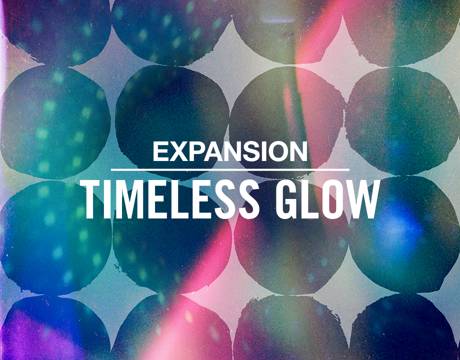
- #Dont see maschine expansion software
- #Dont see maschine expansion Pc
- #Dont see maschine expansion plus
The Bass Synth is also really delightful and elegant. The Drum Synths alone exceed the capabilities of other standalone hardware out there.
#Dont see maschine expansion Pc
Unlike on your PC or Mac, (or even a desktop Linux box – realtime kernel or no), you can use that CPU meter and in theory get solid performance and timing. They also have done extensive testing, they say, to make sure that you can use instruments and effects successfully on the available hardware and memory. (Reading comments, I gather some of that was unclear.) But there’s a lot enabled in the engines inside such that kits and snapshots you build on your computer will also run on this standalone hardware without the computer – which of course is very cool.Ĭrucially, also NI tell me they’ve added a CPU meter, which you can use. This isn’t Linux configured in such a way that you have access to it – it’s a custom build customized by NI. To be clear: this is a Linux-powered embedded computer running inside a Maschine controller shell, an outer enclosure very, very close to a Maschine MK3 (with some minor but important modifications, including the USB host capability). If you longed for battery power, sorry – you do need to plug in that power adapter. MIDI in, MIDI out, 1 footswitch.īut no battery. Sadly, still no XLR mic in or phantom power, which the MK3 also lacks.įootswitch and MIDI. All that I/O runs on a 44.1kHz / 24-bit audio interface (standalone, or 96/24-bit with a computer).
#Dont see maschine expansion plus
2x 1/4″ TRS balanced line outs, 2x 1/4″ balanced line inputs, plus a 1/4″ dynamic mic input and stereo headphone out. There’s a neat twist-to-lock power adapter so you don’t accidentally unplug this.Īudio I/O. There’s also two USB A ports – which you can use to connect USB MIDI controllers and devices (in addition to the MIDI in and out) or external hard drives – so yeah, you can actually access your project drives from this box without having to use a computer for that, either. For connecting to a computer, there’s a hefty USB B port.

SD card slot with included 64 GB SD card (for your own samples).
#Dont see maschine expansion software
Maschine software (for both desktop/standalone).ģ2 GB internal flash storage (for OS and factory content.)

(More on that when I get my hands on it soon.) But that’s great – the velocity- and pressure-sensitive pads on the MK3 are superb – and here it’s inside an aluminum housing. This box has the same pads and color displays and only a slightly-modified layout to the Maschine MK3. Maschine hardware/workflow, controls, display, and pads. US$ 1399 / EUR 1299 is the suggested retail on this hardware (and the first US street price that leaked was just below that.) That is roughly the same price range (street) as an Akai MPC Live or an Elektron Octatrack, though both those companies offer lower-priced items, too. Suffice to say there’s been talk of Native Instruments making standalone hardware that runs their instruments and effects – but we are finally here, in the second half of 2020.įirst, let’s get straight to the specs and price. But most users still remain with computer+software or hardware combinations. Akai has gotten into MPC products that allow standalone operation of their computer software – no laptop required. First leaked early in 2019, then evidently canceled, then leaked again this week – now here’s the official word on Maschine+ and what standalone NI hardware means for music-making.įor all the talk, the landscape for music gear really hasn’t changed much.


 0 kommentar(er)
0 kommentar(er)
